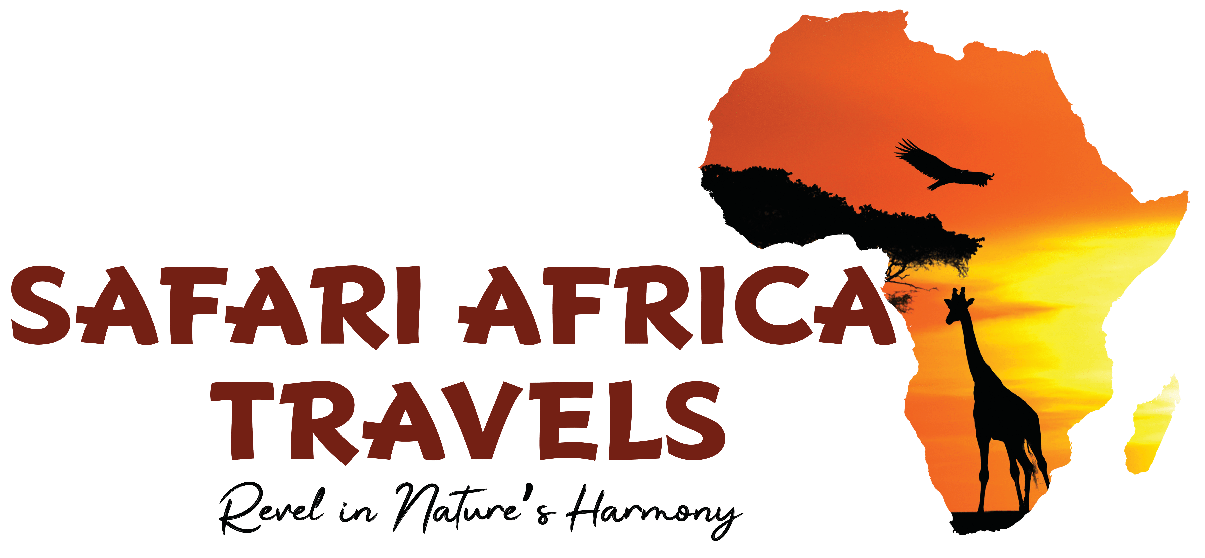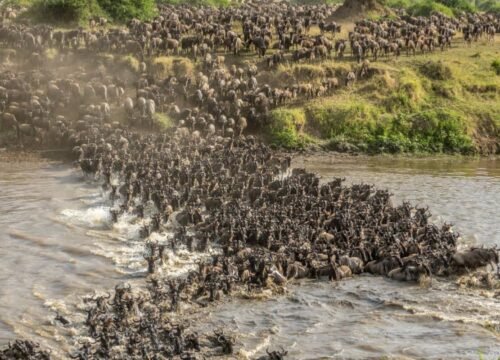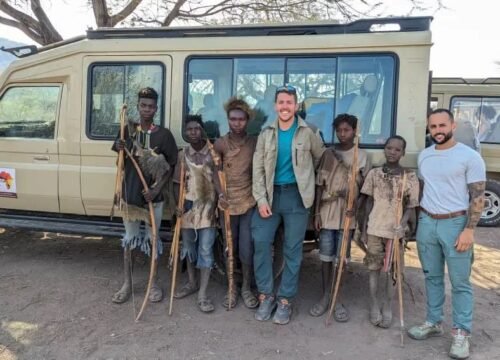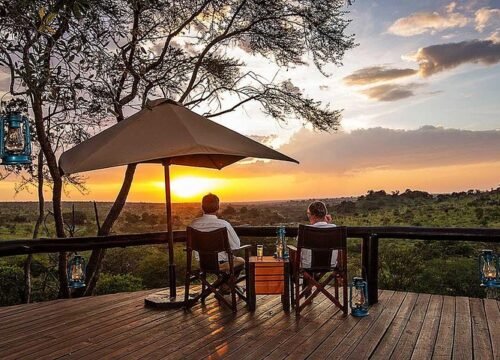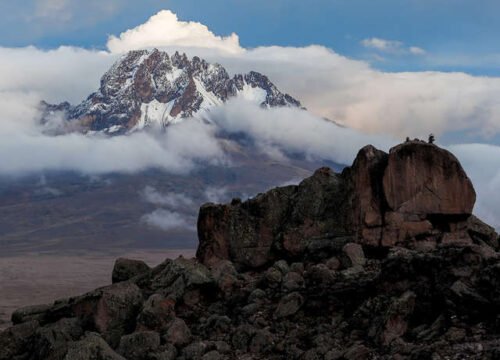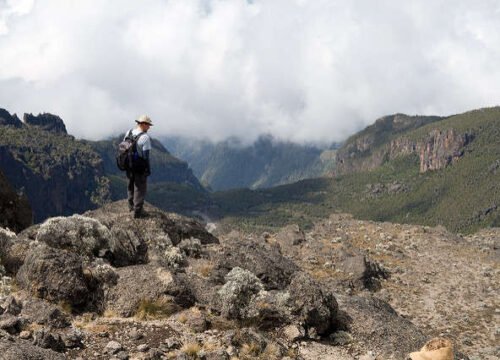7 Days of Wonders: Ascend Mount Kilimanjaro
7 Days of Wonders: Ascend Mount Kilimanjaro
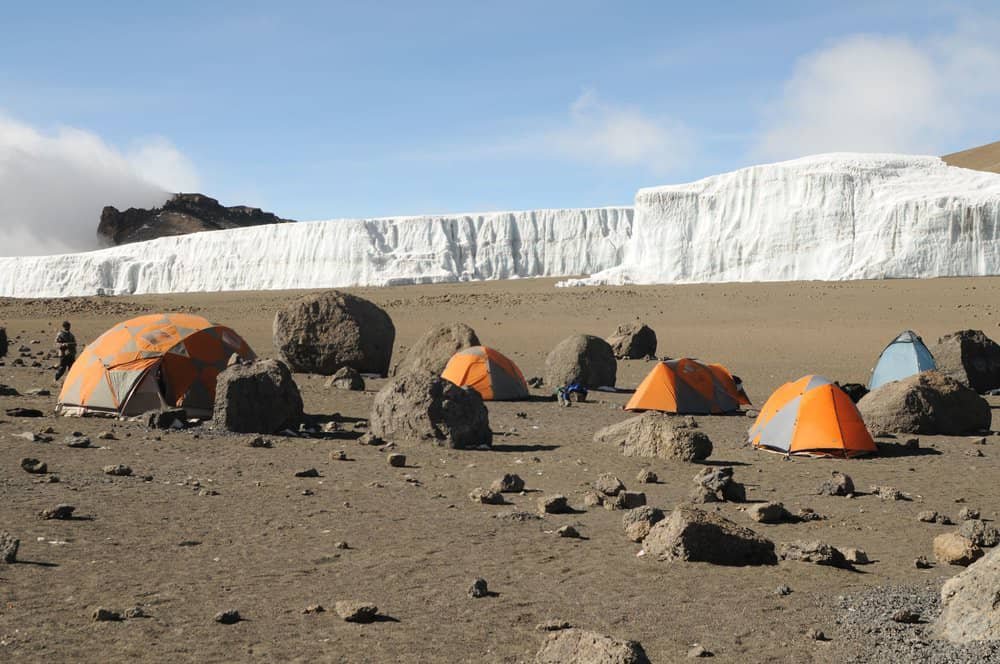


MOUNT KILIMANJARO
“The World’s Free-Standing Mountain”
Mount Kilimanjaro stands as one of Earth’s greatest natural wonders and is Africa’s highest mountain, reaching an impressive 5,895 meters (19,341 ft) above sea level. This dormant volcano in Tanzania is not only the highest peak on the continent but also the tallest free-standing mountain in the world, rising 4,900 meters (16,100 ft) from its base. It features three volcanic cones: Kibo, Mawenzi, and Shira.
1. Choosing Your Route
Selecting the right route is crucial for a successful Kilimanjaro trek. The most popular trails include:
- Marangu Route: Known for its simplicity and hut accommodations.
- Machame Route: Famous for its scenic beauty.
- Lemosho Route: Less crowded and offers wildlife encounters.
Each route varies in difficulty and duration, providing unique experiences.
2. Preparing for the Trek
Mount Kilimanjaro presents a unique challenge due to its extreme altitude and rapidly changing climate. Proper physical fitness, gear, and acclimatization are essential for a successful climb.
3. On the Trail
Climbing Kilimanjaro takes you through five distinct climatic zones: from lush rainforests to alpine deserts. Each zone presents its own challenges and breathtaking views, making the journey truly captivating.
4. Summiting the Peak
Reaching Uhuru Peak, the highest point on the mountain, is the ultimate goal of every Kilimanjaro trekker. Standing at the Roof of Africa, you will be rewarded with spectacular views and a profound sense of achievement.
5. The Descent
Descending offers time to reflect on your adventure and enjoy the landscapes from a new perspective.
6. Kilimanjaro’s Magic
The allure of Kilimanjaro lies not only in its majestic views but also in the camaraderie formed with fellow trekkers. The mountain’s unique moods and its stunning vistas create an unforgettable experience.
7. Sustainability
Protecting Kilimanjaro’s fragile ecosystem is crucial. We promote responsible trekking practices, including leaving no trace, supporting local communities, and engaging in conservation efforts to preserve this natural treasure.
8. Kilimanjaro in Culture
Mount Kilimanjaro is more than just a geographic landmark; it is a symbol of African heritage. It has inspired art, literature, and cultural traditions in Tanzania and beyond.
9. When to Climb Kilimanjaro
The best times to climb Kilimanjaro are in the warmer months of January, February, and September when the skies are clear. Alternatively, June to August is ideal for those seeking a cooler climb, though it’s during the Tanzanian winter. Avoid the rainy seasons from March to early June and November to December unless you’re well-prepared.
Full Moon Climbs are particularly magical, offering enhanced visibility and a surreal atmosphere as you stand under the stars at the summit.
Why Climb Kilimanjaro with Us?
- Our experienced mountain guides ensure your safety and provide invaluable knowledge about the routes and conditions.
- We equip our teams with the best professional climbing gear and provide plenty of delicious meals to fuel your ascent.
- Our guides are always 100% physically and mentally prepared to respond swiftly to any challenges or emergencies, ensuring a smooth and enjoyable climb.
MOUNT KILIMANJARO ROUTES
1. Marangu (Coca Cola) Route
- The easiest and oldest route to Uhuru Peak.
- Popular for its hut accommodations and short, straightforward trek.
- While the easiest, proper preparation is essential for success.
- Complete in either 5 or 6 days.
2. Machame (Whiskey) Route
- Known for its stunning scenic beauty.
- More challenging and suited for adventurous hikers.
- Currently the most popular route despite its higher difficulty.
- Takes 6 or 7 days.
3. Lemosho Route
- Offers a combination of wildlife encounters and stunning landscapes.
- Ideal for those looking for less crowded paths and a higher success rate.
- Takes 6 to 8 days.
4. Rongai Route
- The only route from the north-eastern side, featuring true wilderness.
- Joins Marangu Route at Kibo Camp.
- Takes 6 days.
5. Umbwe Route
- The most difficult and steepest route, recommended only for experienced climbers.
- Has the lowest success rate due to limited acclimatization time.
- Not advised for beginners.
6. Northern Circuit Route
- The newest and longest route, offering a quieter climb with a high success rate.
- Traverses the northern slopes, far from the crowds.
- Takes 9 days to complete.
Ready to embark on the adventure of a lifetime?
Let us guide you to the Roof of Africa!
Request a quote today!
